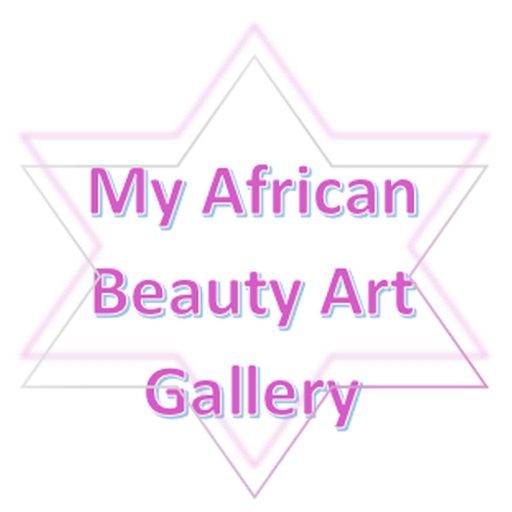TABWA
TYPES OF ART
Tabwa carvers produce many beautiful utilitarian objects such as combs, drums, and bellows, but also produce sculpted figures representing ancestors and twin figures. Although a few masks exist in collections, very little is known about them.
HISTORY
The peoples who currently identify themselves as Tabwa were once a series of smaller villages with different histories. Tabwa identity today is largely an artifact of colonial administration. Most Tabwa migrated to this area from east central Africa looking for fertile land or to escape warfare. They settled along the shores of Lake Tanganyika and incorporated many of the customs they encountered from their new neighbors, the Luba, into their own way of life.
ECONOMY
Before colonial times, salt, iron, and smoked river fish were important items that could be traded on the regional markets. Cash crops, such as potatoes, wheat, and onions were produced for the colonial market. The 1970s brought about the collapse of the infrastructure of roads which had allowed the Tabwa to supply food to the copper mines throughout the region. Farmers grow cassava, beans, and maize for local consumption, and Tabwa fishermen compete with the industrial fishing companies on Lakes Tanganyika and Mweru, using traditional lines and nets. Hunting was at one time very important to the Tabwa, but as game resources decrease, there are fewer people who hunt as a way of life.
POLITICAL SYSTEMS
In the past individual Tabwa villages often acted autonomously. The villages are headed by chiefs who inherit their positions matrilinearly, and who justify their power by tracing their descent back to the original founders of Tabwa society. This is often done through the collection and display of ancestor figures which represent the chief’s familial lines. Within Tabwa communities, the chiefs symbolically represent the continuity of the universe, and at the same time illustrate the position of man within the universe. Leaders often wield staffs or batons which identify them as chiefs.
RELIGION
The Tabwa have developed a system of religion honoring the ancestors. Similarly to the Luba, the Tabwa have utilized this system in a way which benefits the traditional leaders, who use the remembered power of their ancestors to explain their current power. Ancestors are embodied in figural sculptures known as mikisi, which are carved by religious specialists, anointed with clay, and given offerings of food during the new moon, a time which is of great importance to the Tabwa. The new moon is represented by the triangle in Tabwa iconography and symbolizes rebirth and the continuity of life.
FACTS ABOUT TABWA
LOCATION

COUNTRIES
Democratic Republic of the Congo, Zambia
LANGUAGES
Kitabwa (Bantu)
POPULATION
200,000
